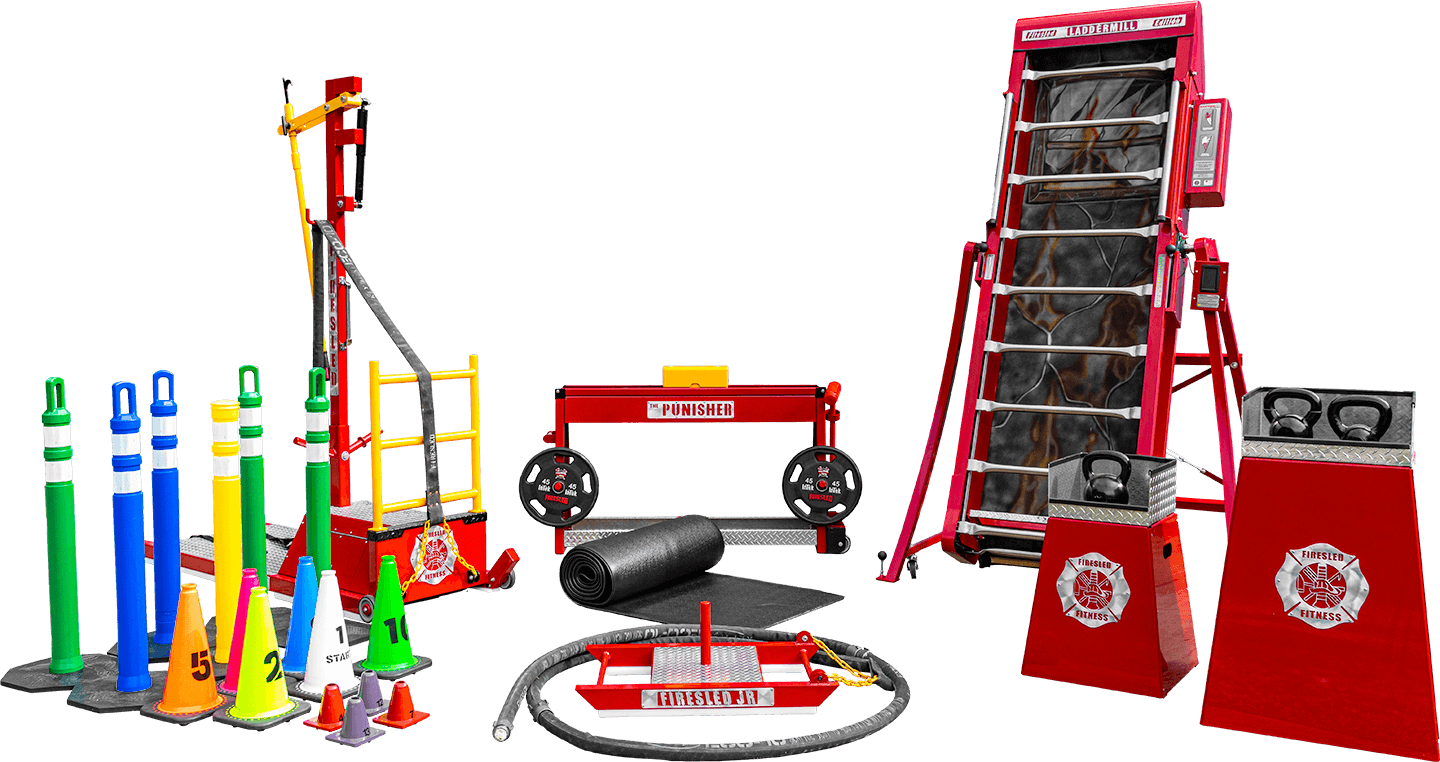The incumbent physical ability test (IPAT) was the difficult situation for Rick. If you are in the Fire Service, you understand that IPAT is a very controversial subject. Valued members of Orange County Fire Rescue’s workforce were failing the newly introduced IPAT. The test is composed of numerous common firefighting tasks and is validated by a third party testing company. It was a legit test and firefighters understood that it was relatable to the job.
Three of the eight stations proved to be more difficult than the others. The ceiling breach utilizing a Molitor Machine, a victim drag with a 165 lb. mannequin and advancing a charged 1 ¾” hose line 100 ft. Firefighters with upper body strength challenges couldn’t perform the ceiling breach on the Molitor and the smaller in stature firefighters or firefighters that had lower body and core challenges couldn’t advance the hose line or drag the mannequin. The IPAT tasks all had one common denominator. You could not reduce the weight or resistance to make it less difficult and then add to make it progressively more difficult until you reach the desired effect.
As the Wellness Coordinator, Rick was not only in charge of the IPAT, but also tasked with ensuring that everyone successfully passed the test. He would meet with everyone that failed and program a traditional workout plan for them. Few were receptive and the more mature firefighters could not understand how doing leg presses, leg extensions, and leg curls were going to help them advance a charged hose line and they sure as hell weren’t doing no damn squats-their words not mine! Rick desperately needed fitness equipment that was more relatable to functional firefighting movement. So he consulted with Dave, an expert in fitness equipment whom had been his expert fitness consultant when determining what fitness equipment to outfit fire stations with. Dave visited the training site to better understand the movements. Once he saw what Rick was trying to accomplish, he gave him the bad news. “Nothing out there that will do what you’re looking for.” Rick was relentless, so he went on a mission contacting various fitness equipment manufacturers whom tried to sell him cable machines calling them functional trainers or cardio equipment painted red and gold for firefighter functional training. He was insulted for the entire fire service and could not understand why no one was making specialized fitness equipment for occupational athletes.
Rick and Dave put their heads together and made a very elementary drawing on a napkin at a coffee shop and the rest is firefighter functional training history! Dave contacted a commercial equipment manufacturer that he dealt with and asked them to make a prototype. The prototype worked and was used to help those individuals and others pass the IPAT.

